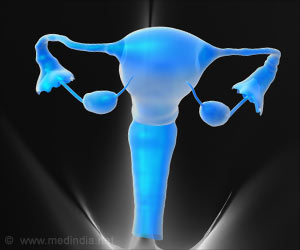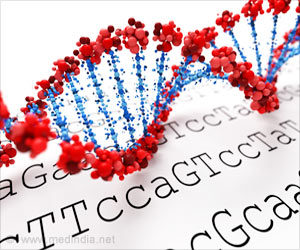.
These endometrium-related diseases have significant effects on the physical, mental, and social health of women throughout their lives.
To explore more into this, researchers examined 891 endometrial glands using target-gene sequencing. They discovered that more than 50% of the endometrial glands examined had numerous genetic changes seen in endometrial cancers or endometriosis-associated ovarian cancers.
Moreover, the burden of these changes was found to be positively correlated to an individual’s age and a cumulative number of menstrual cycles (CNMCs).
Researchers further investigated whether somatic mutations in cancer-associated genes were being positively selected in these normal endometrial glands.
Second, to investigate how endometrial glands with genetic changes are distributed in the endometrium, researchers used whole-exome sequencing (WES) and whole-genome sequencing (WGS) to confirm that glands shared mutations originated from common ancestral clones.
Furthermore, researchers estimated the chronological ages at which genetic events occurred in the endometrium and found that clonal expansions of cancer-associated gene mutations and copy neutral loss-of-heterozygosity events occurred early in life.
Third, by performing 3D imaging analysis on normal proliferative endometrial tissues, the researchers hoped to elucidate the mechanisms by which endometrial glands with the same clonal origin expanded across spatially distant regions.
Finally, to analyze the genetics of rhizome in 43 years old women who underwent hysterectomy for endometriosis, the researchers examined 70 serial cryosections to identify 3D structures of the endometrial glands.
It shows that root base structure in the endometrium originates from the same ancestral clone, whereas mutant clones arise and diversify from tissue regeneration during menstruation. The researchers propose a new model of clonal expansion in the normal endometrium.
During menstruation, residual basal glands extend horizontally along the muscular layer to shape the monoclonal base. Then, the root base gives rise to vertical glands with the same clonal origin.
Some rhizome structures persist for many cycles of repair and regeneration during menstrual cycles and further expand their territories. Several rounds of clonal conversion might occur when new clones acquire selective advantages by cancer-associated gene mutations.
These findings are published in the journal Nature Communications.
This ‘new normal’ knowledge will illuminate the path toward the development of therapies to prevent and treat endometrium-related diseases.
Source: Medindia



